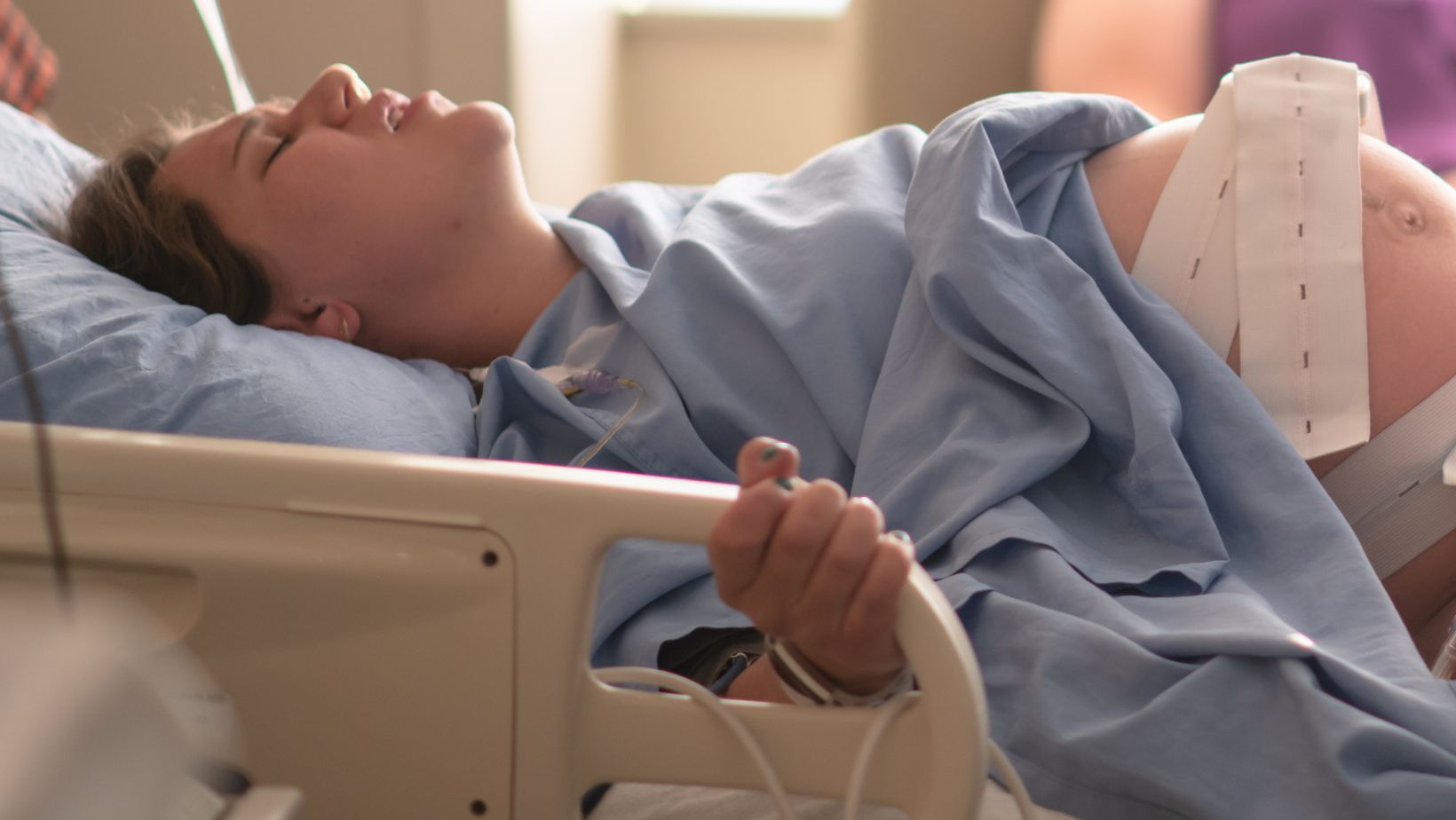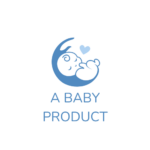Every baby grows differently—but after a difficult birth, it’s normal to keep a closer eye on your child’s development. You might notice delays in movement, reactions to sound, or other small signs that make you pause.
According to the Centers for Disease Control and Prevention (CDC), early developmental support can make a big difference, especially when birth complications are involved. Knowing what to look for simply helps you stay ahead—and gives your child the best chance to thrive.
A birth injury isn’t always obvious right away. In many cases, the effects surface gradually—impacting mobility, behavior, or learning over time. To get a foundational overview, it’s helpful to review the medical complexities of a birth injury and how they are identified. From there, working with an experienced legal team can help you understand whether the injury could have been prevented—and what options exist to secure care and resources for your child’s future.
This article will walk you through the connection between birth injuries and neurological issues like seizures and sensory disorders, explain how your child’s needs may change over time, and guide you on how to build a comprehensive care team for long-term support.
Key Takeaways
- Birth injuries can cause long-term, evolving neurological complexities like seizures and sensory processing disorders, which are often not immediately apparent.
- These conditions typically stem from damage to the child’s developing brain and central nervous system, impacting various aspects of their growth and development.
- Recognizing subtle signs early and building a multidisciplinary care team—including neurologists, occupational therapists, and physical therapists—is essential for effective management.
- Families are not alone; comprehensive support that is medical, therapeutic, and emotional is vital for navigating this challenging journey.
The Root Cause: How Birth Injuries Impact a Child’s Developing Brain
To understand why conditions like seizures or sensory issues appear, it helps to first understand what happens in the brain. A child’s brain is incredibly delicate during birth. Events like oxygen deprivation (hypoxic-ischemic encephalopathy, or HIE), physical trauma from forceps or vacuum extraction, or internal brain bleeds can damage sensitive brain tissue and disrupt the formation of crucial neural pathways.
The central nervous system is the body’s command center, controlling everything from motor skills and sensory perception to the brain’s electrical activity. When this system is damaged, it can set off a cascade of effects that may take months or even years to fully surface. As one expert source explains, “Brain injuries in infants can have wide-ranging and severe developmental impacts… potential effects may include cognitive deficits, motor impairments, sensory problems, and seizure disorders” (PubMed, 2024).
This initial injury creates the foundation for future challenges, which often become more noticeable as a child grows and is expected to meet new developmental milestones.
Unpacking Two Common Challenges: Seizures and Sensory Issues
While a birth injury can lead to a wide range of conditions, seizures and sensory processing disorders are two of the most common—and often misunderstood—neurological challenges that families face.
Understanding Seizures After a Birth Injury
A seizure is a sudden, uncontrolled electrical disturbance in the brain. When brain tissue is damaged during birth, it can create scar tissue that disrupts the brain’s normal electrical flow, leading to these misfires. If seizures are recurrent, the child may be diagnosed with epilepsy. From one research it was mentioned, “Babies who experience brain injury at birth are also at higher risk for epilepsy, a neurological disorder characterized by recurrent, unprovoked seizures.”
In newborns and infants, seizures can be incredibly subtle and are often missed or mistaken for normal baby movements. Key signs to watch for include:
- Repetitive lip-smacking, chewing, or sucking motions
- Staring spells or periods of unresponsiveness
- Unusual stiffening or jerking of the arms, legs, or body
- Pauses in breathing (apnea) or changes in breathing patterns
- Eyes deviating or rolling upward
What is Sensory Processing Disorder (SPD)?
Sensory Processing Disorder (SPD) is a condition where the brain has difficulty receiving, interpreting, and responding to information that comes in through the senses. For a child with SPD, the world can feel like a constant state of sensory overload or, conversely, a dull and muted environment. This isn’t a behavioral choice; it’s a neurological “traffic jam” that prevents sensory information from being processed correctly.
This condition is more common than many people realize. According to a study, about one in six children have sensory processing difficulties. The link to birth injury is becoming clearer, as established research shows a clear connection between neonatal injury and the disruption of how sensory systems develop.
Examples of SPD behaviors can include:
- Hypersensitivity (Over-Responsive): Being extremely sensitive to clothing textures, food smells, loud noises, or bright lights. A child may avoid being touched, hate having their hair brushed, or cover their ears in a normal environment.
- Hyposensitivity (Under-Responsive): Seeming to have a high pain tolerance, not noticing when they are messy, or constantly seeking intense sensory input like crashing, spinning, or jumping.
A Journey Through Time: How Medical Needs Evolve as Your Child Grows
The effects of a birth injury are not static. As your child’s brain matures and they are faced with new developmental tasks, their medical and therapeutic needs will evolve. What begins as a feeding issue in infancy could later present as a learning disability in school. As another legal resource points out, “Birth injuries can cause lifelong medical complications, from nerve damage to chronic seizures… Nerve damage may lead to sensory deficits or paralysis in affected areas.”
Here is what you might expect at different stages:
Infancy (0-2 years)
During this stage, signs are often subtle and related to basic functions and early milestones.
- Seizures: Look for infantile spasms (sudden, brief stiffening of the body), subtle staring spells, or unresponsiveness.
- Sensory: You may notice extreme irritability, significant feeding difficulties, resistance to being held or swaddled, or startling at the slightest sound.
- Motor: Missing key milestones like rolling over, sitting up, or crawling. Muscle tone may feel unusual—either very stiff (hypertonia) or floppy (hypotonia).
Childhood (3-10 years)
As social and academic demands increase, symptoms often become more pronounced and easier to identify.
- Seizures: More recognizable seizure types may appear, such as absence seizures (staring into space) or tonic-clonic seizures. These can begin to impact learning and attention in school.
- Sensory: Sensory-seeking or sensory-avoiding behaviors become very clear. A child may struggle with fine motor skills needed for writing or buttoning a coat, or have difficulty with the chaos of a playground.
- Cognitive: This is often when learning disabilities, attention-deficit issues (ADHD), and speech or language delays become more apparent.
Adolescence (11+ years)
Challenges often shift toward higher-level skills and social-emotional health.
- Executive Functioning: Difficulties with planning, organization, and time management can impact school performance and independence.
- Social & Emotional: Social anxiety can increase due to sensory sensitivities or feeling “different.” Managing medications, therapies, and lifestyle adjustments becomes a bigger part of their identity.
Building a Lifelong Support System: Treatment and Management
While the road ahead may seem daunting, it’s important to remember that proactive and comprehensive management can significantly improve your child’s quality of life and help them reach their potential. You are their most important advocate, and building the right support system is key.
Your Multidisciplinary Care Team: Who to Call
No single doctor can manage all the complexities of a birth injury. A strong, multidisciplinary team is essential. Key specialists include:
- Pediatric Neurologist: The expert for diagnosing and managing seizure disorders and other brain-related conditions.
- Occupational Therapist (OT): The primary specialist for Sensory Processing Disorder. They help children develop skills for daily living and create strategies to manage sensory input.
- Physical Therapist (PT): Focuses on gross motor delays, helping improve strength, balance, coordination, and mobility.
- Speech-Language Pathologist (SLP): Addresses challenges with communication, language comprehension, and feeding or swallowing difficulties.
- Developmental Pediatrician: Acts as the “quarterback” of the care team, overseeing your child’s overall developmental progress and coordinating between specialists.
Common Treatment and Therapy Options
Treatment is tailored to your child’s specific needs but often includes a combination of medical and therapeutic approaches.
- For Seizures: Management typically involves anti-epileptic drugs (AEDs) to control electrical activity in the brain. In some cases, special diets like the ketogenic diet or lifestyle adjustments may be recommended alongside regular monitoring.
- For SPD: The core treatment is occupational therapy. An OT will develop a “sensory diet”—a personalized plan of activities designed to give your child the specific sensory input they need to stay focused and organized throughout the day. This might include using a weighted blanket, jumping on a trampoline, or listening to therapeutic music programs.
Beyond the Medical Chart: Supporting Your Family’s Well-being
Caring for a child with complex medical needs places an immense emotional, financial, and psychological strain on the entire family. It’s common for parents to feel exhausted, stressed, and isolated. It is not selfish to seek support for yourself; it’s a necessary part of being an effective caregiver.

Connecting with other families who understand your journey can be incredibly validating. Look for local or online support groups through organizations like The Arc, Easterseals, United Cerebral Palsy, or foundations dedicated to your child’s specific condition. These communities can provide practical advice, emotional comfort, and a powerful reminder that you are not alone.
Conclusion
The effects of a birth injury are complex, evolving, and require a long-term, comprehensive approach to care. From the subtle signs of a seizure in an infant to the social challenges of a teen with sensory sensitivities, the journey is one of continuous learning and adaptation.
Early recognition, a dedicated multidisciplinary care team, and consistent, targeted therapy are the most powerful tools you have to help your child navigate these challenges. While the path may be difficult, you are your child’s greatest advocate. By understanding their evolving needs and building a strong network of support, you can provide them with the foundation they need to reach their full potential.

